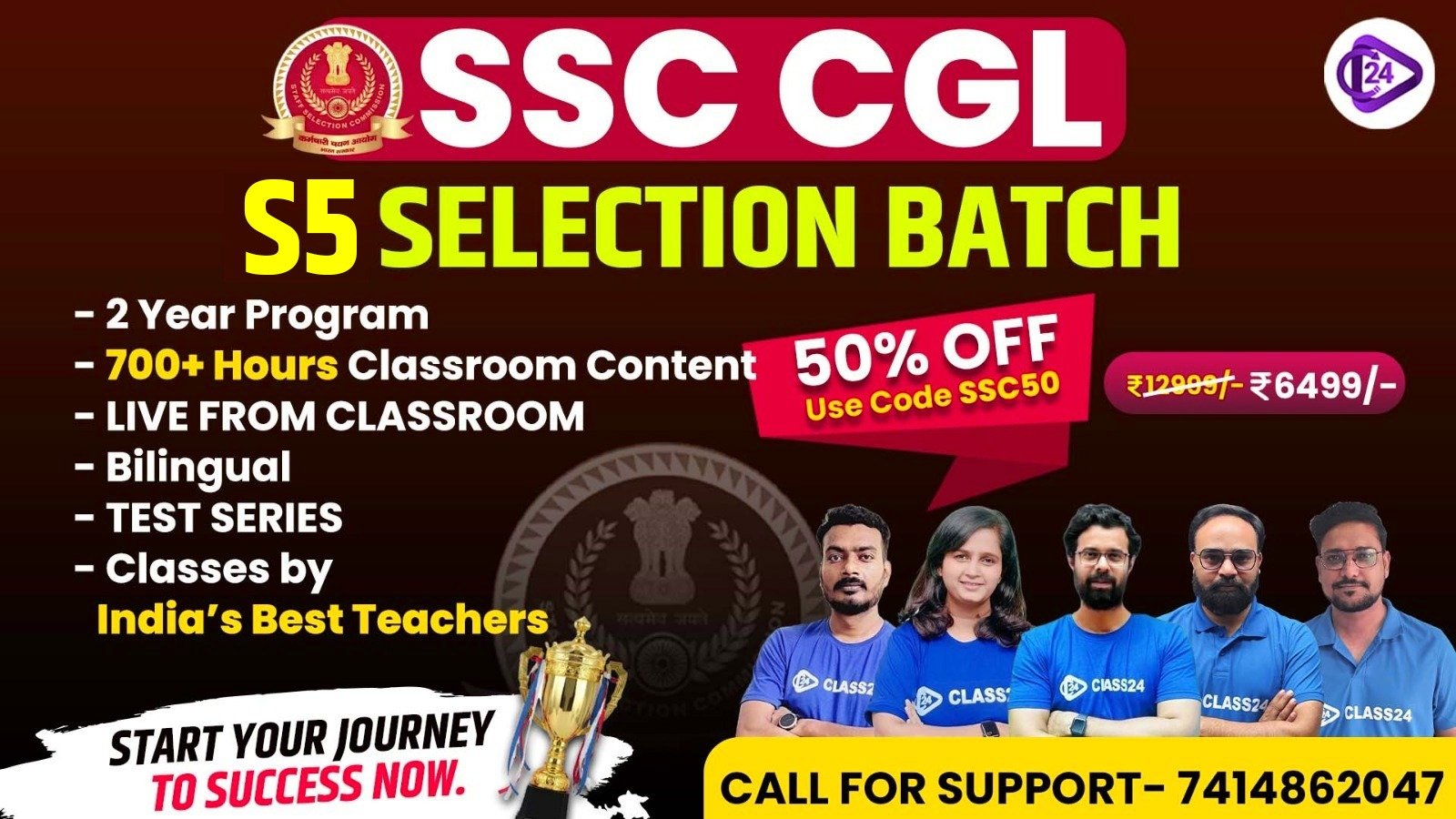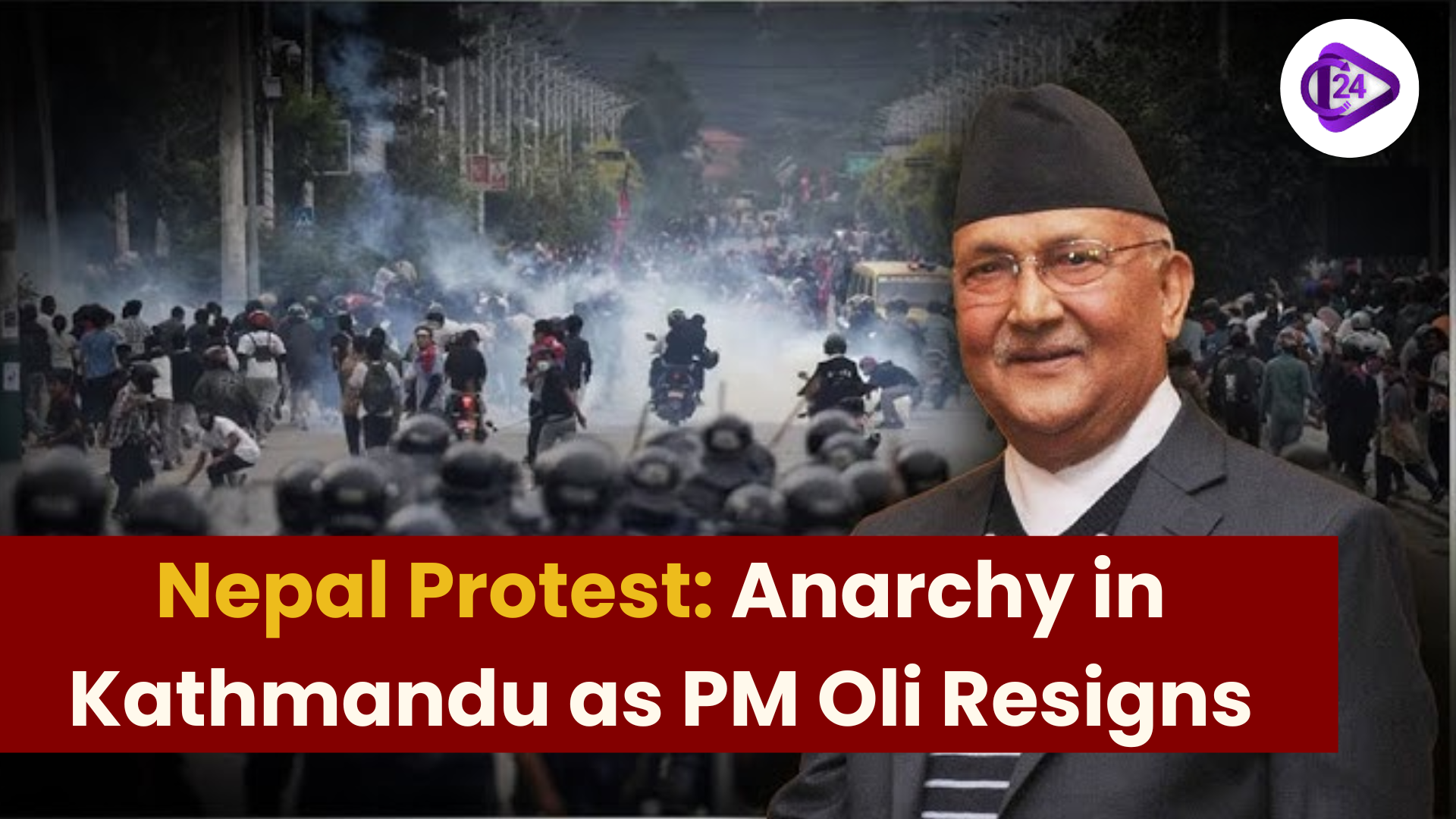
On September 9, 2025, Nepal Prime Minister K.P. Sharma Oli stepped down following violent anti-corruption protests in Nepal, that led to the police shooting 19 people to death. Resignation followed a series of youth related protests against corruption as young people stormed government structures, such as the Parliament and Supreme Court. The Army Chief Ashok Raj Sigdel requested dialogue in the aftermath of the resignation, and Kathmandu Mayor Balendra Shah requested protesters to plan negotiations. India took notice of the violence and PM Modi sent his condolences and asked the restoration of peace.
Key Points in Detail
Resignation and Political Crisis.
-
Resignation of Prime Minister K.P Sharma Oli to create a political solution was done following the killing of 19 individuals during a police crackdown.
-
Corruption and mismanagement have been some of the major reasons why the Opposition has laid blame on Oli.
-
The resignation of Oli has caused the political vacuum, a caretaker Prime Minister and a paralysed Parliament.
-
President Ram Chandra Poudel accepted the resignation and called on all stakeholders to enter into peaceful dialogue.
Protests and Escalation
-
Government buildings such as Parliament, Supreme Court and Singha Durbar (seat of government) were targeted by protests led by Gen Z.
-
The demonstrators burnt government offices, residences of senior leaders and media houses such as Kantipur Publications.
-
Political corruption and opulent lifestyles of the political elites incited the protests.
-
There was curfew but protests kept raging through the day which resulted into widespread violence.
Role of Major players and Political trends.
-
The Army Chief Ashok Raj Sigdel requested peace and asked protesters to suspend their efforts and start a dialogue.
-
Former independent candidate Kathmandu Mayor Balendra Shah, also came out in support of the protests and later demanded discussions with the Army Chief.
-
Ravi Lamichhane, a leader of the Rastriya Swatantra Party (RSP) was released on bail due to security reasons thus creating a speculation that he may be allied to Mayor Shah.
International Reactions
-
India PM Narendra Modi condemned the violence, and described it as heart-wrenching, urging the citizens of Nepal to have peace and normalcy.
-
The Ministry of External Affairs (MEA) of India is also following the developments keenly and is requesting all to exercise restraint as well as encouraging Indian nationals to postpone their travel to Nepal.
-
The reason India has taken a cautious approach is on the principle that the political crisis in Nepal needs non-partisan diplomatic intervention in which no one can be seen to meddle in the internal affairs of a nation.
Ideological Dimensions
-
The demonstrations have been characterized as an ideological clash where corruption and failure of governance is at the center of the protests.
-
The growing discontent with the ruling elite is exhibited by the slogan Nepal political class lives lavishly at the expense of our parents tax money.
-
The politics of the generation gap in Nepal have been highlighted by youth-led protests where Gen Z has been making demands of change and responsibility.
Conclusion
The Nepal political crisis that has arisen after the PM Oli resigned has resulted in an unprecedented violence with protest turning into anarchy and destruction of state institutions. This has left a political vacuum and the country is grappling to find a specific direction. The response to the situation by international actors, in particular India, is still tentative yet pro-peace and dialogue. In the case of UPSC, the event was a case study on the issue of political instability, governance and the importance of civil society in influencing the change.



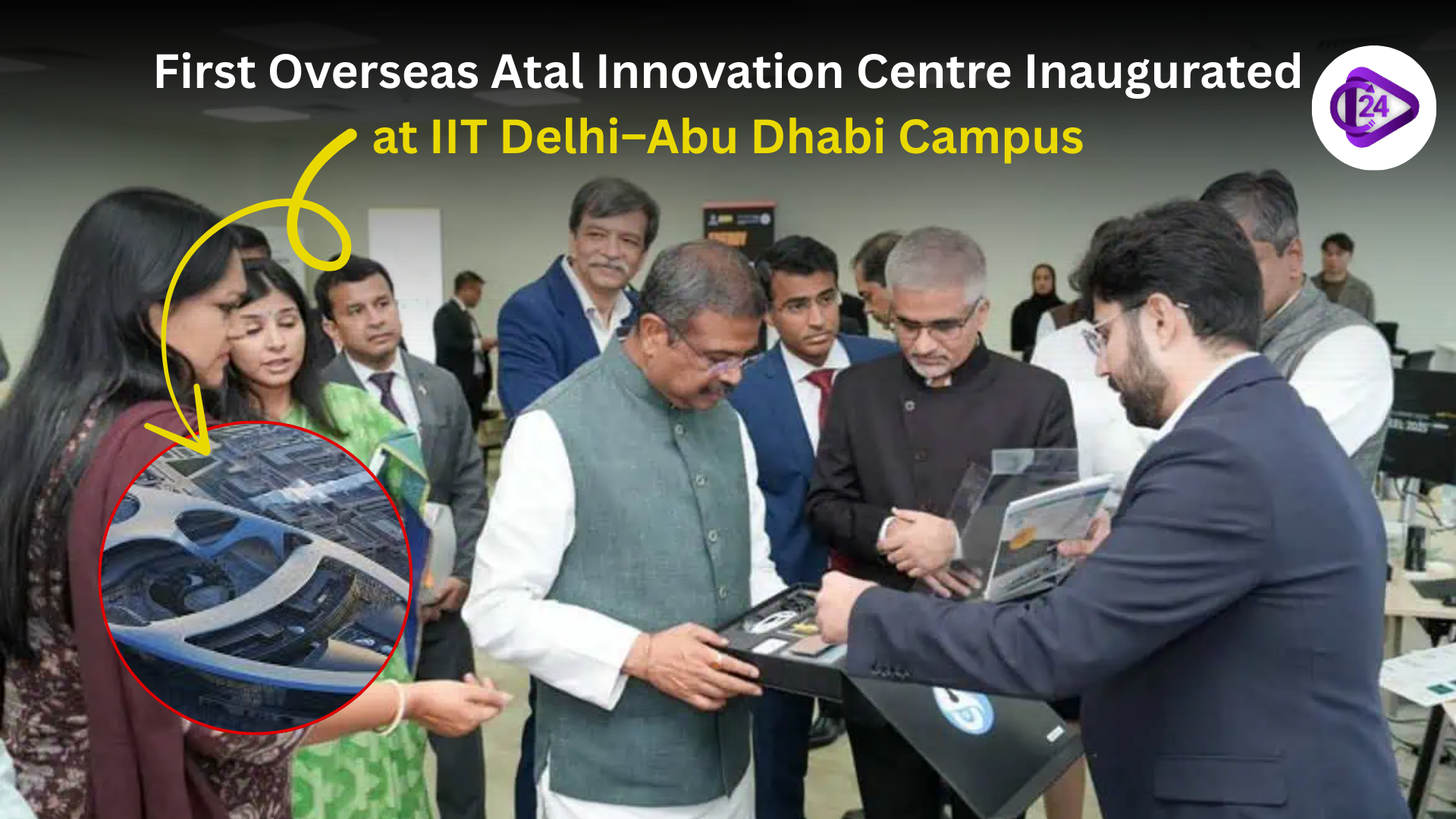 First Overseas Atal Innovation Centre Inaugurated at IIT Delhi–Abu Dhabi Campus
First Overseas Atal Innovation Centre Inaugurated at IIT Delhi–Abu Dhabi Campus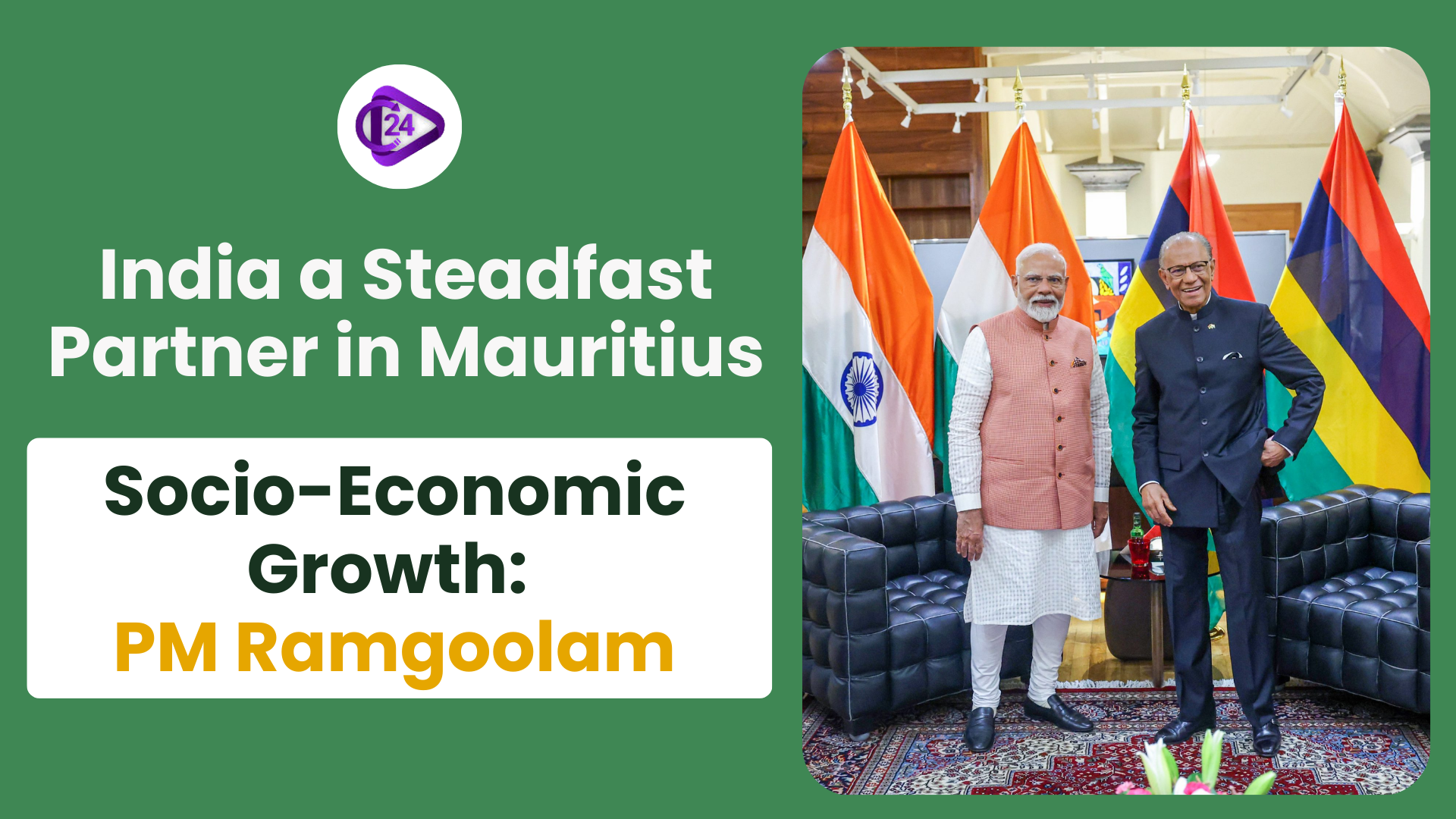 India a Steadfast Partner in Mauritius’ Socio-Economic Growth: PM Ramgoolam
India a Steadfast Partner in Mauritius’ Socio-Economic Growth: PM Ramgoolam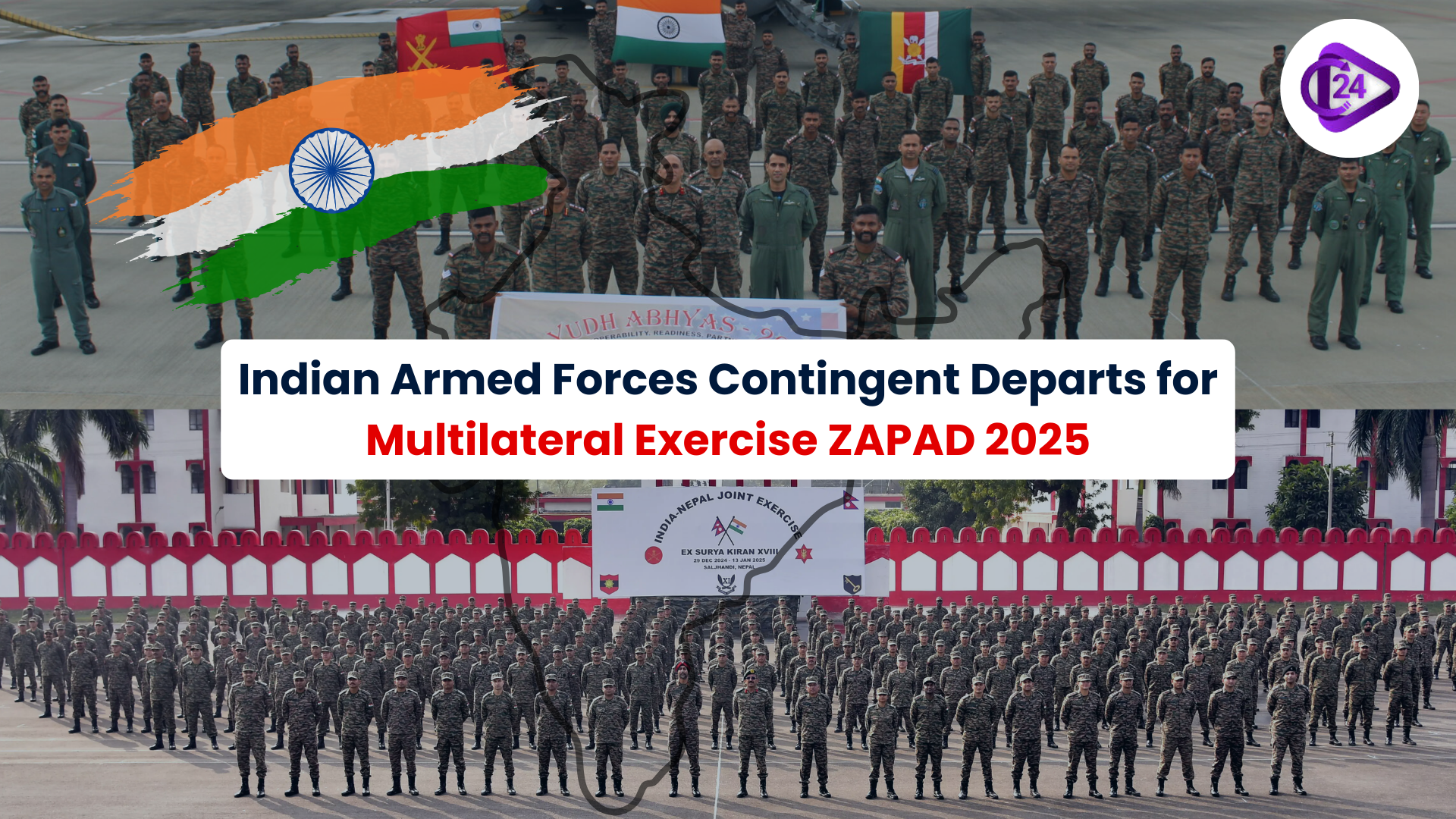 Indian Armed Forces Contingent Departs for Multilateral Exercise ZAPAD 2025
Indian Armed Forces Contingent Departs for Multilateral Exercise ZAPAD 2025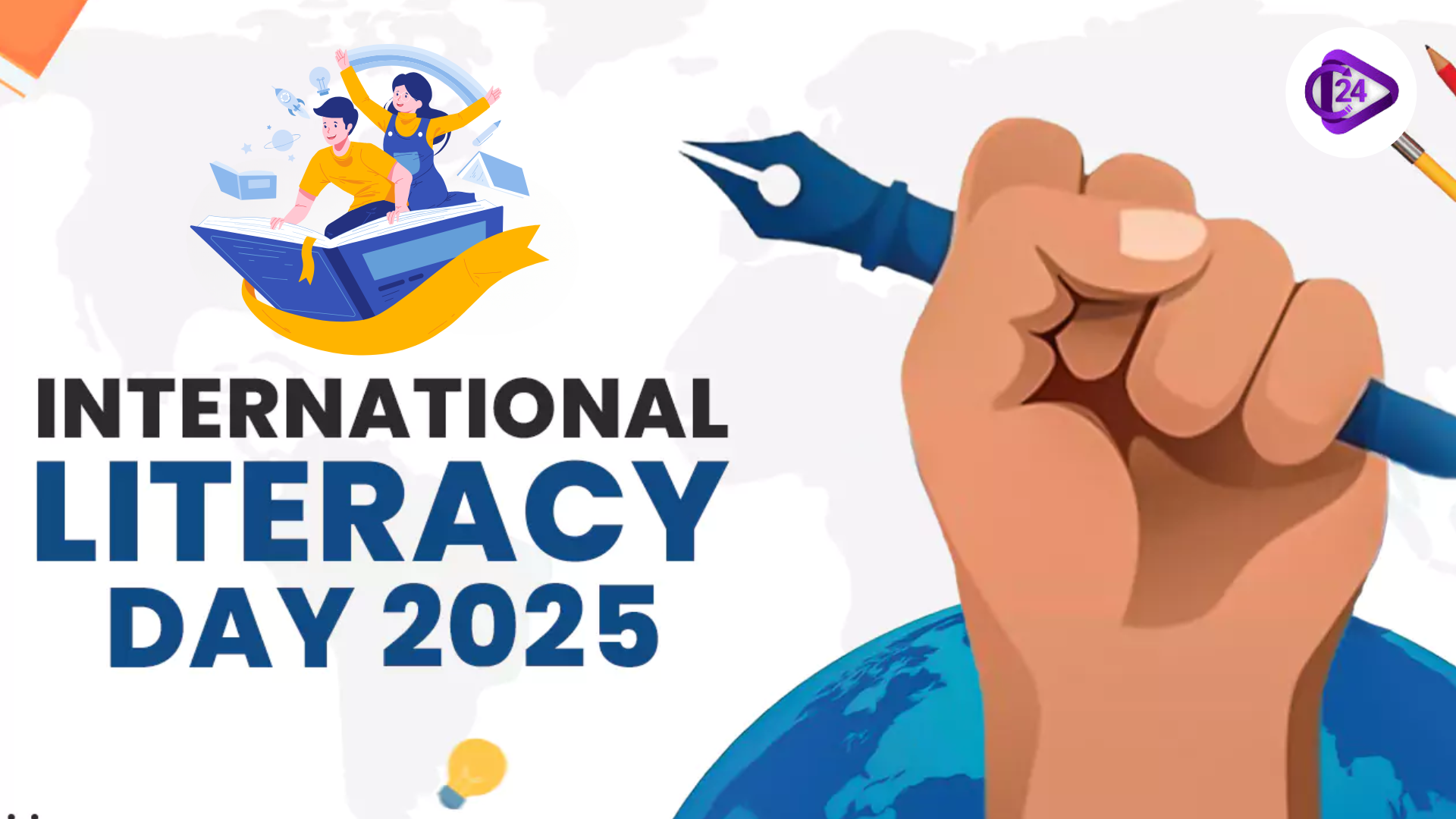 International Literacy Day 2025: Promoting Education in Digital Era
International Literacy Day 2025: Promoting Education in Digital Era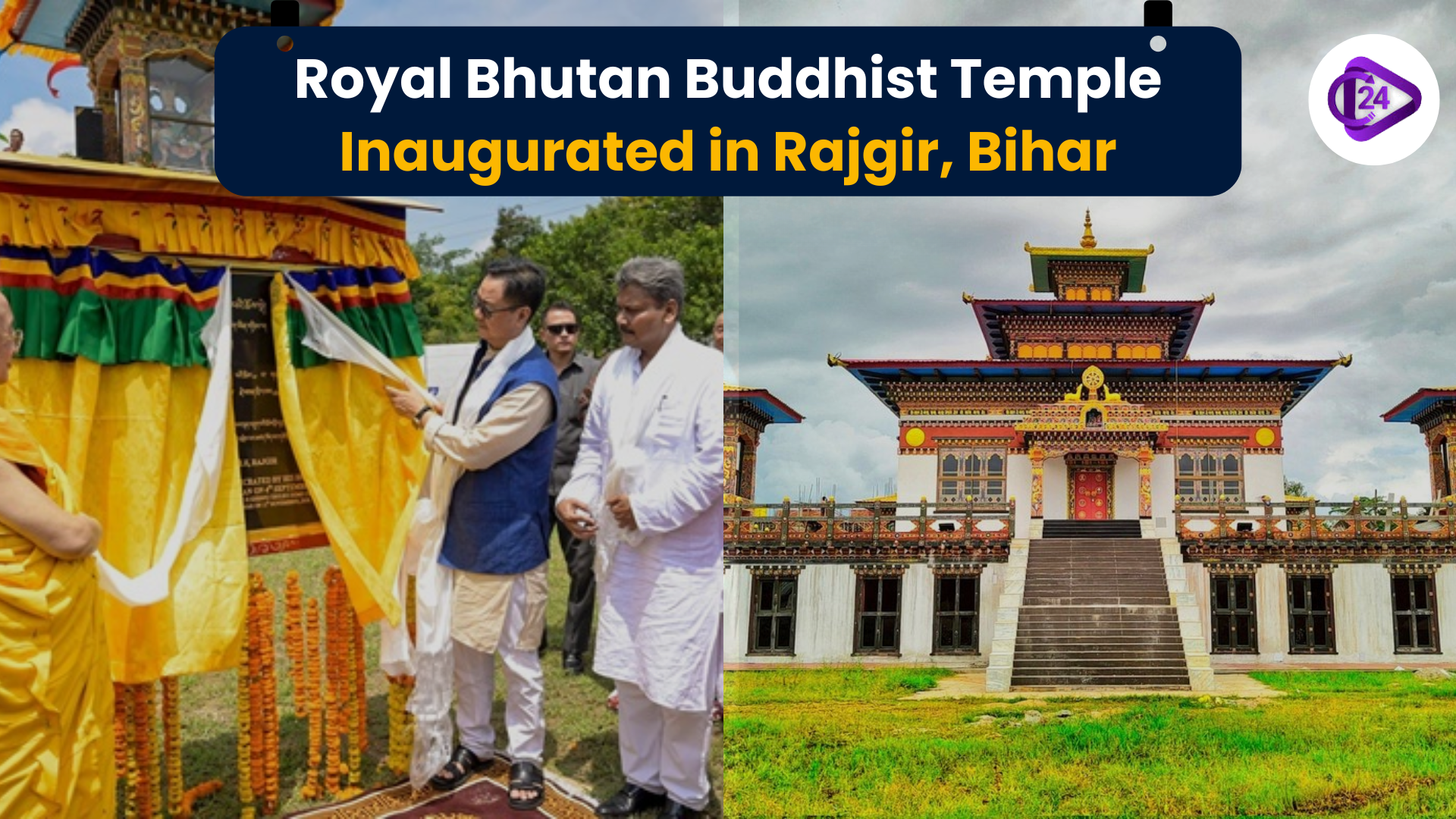 A Buddhist Temple in Royal Bhutan was inaugurated in Rajgir, Bihar
A Buddhist Temple in Royal Bhutan was inaugurated in Rajgir, Bihar India–EU FTA Talks Gain Momentum as Jaishankar Meets German Foreign Minister
India–EU FTA Talks Gain Momentum as Jaishankar Meets German Foreign Minister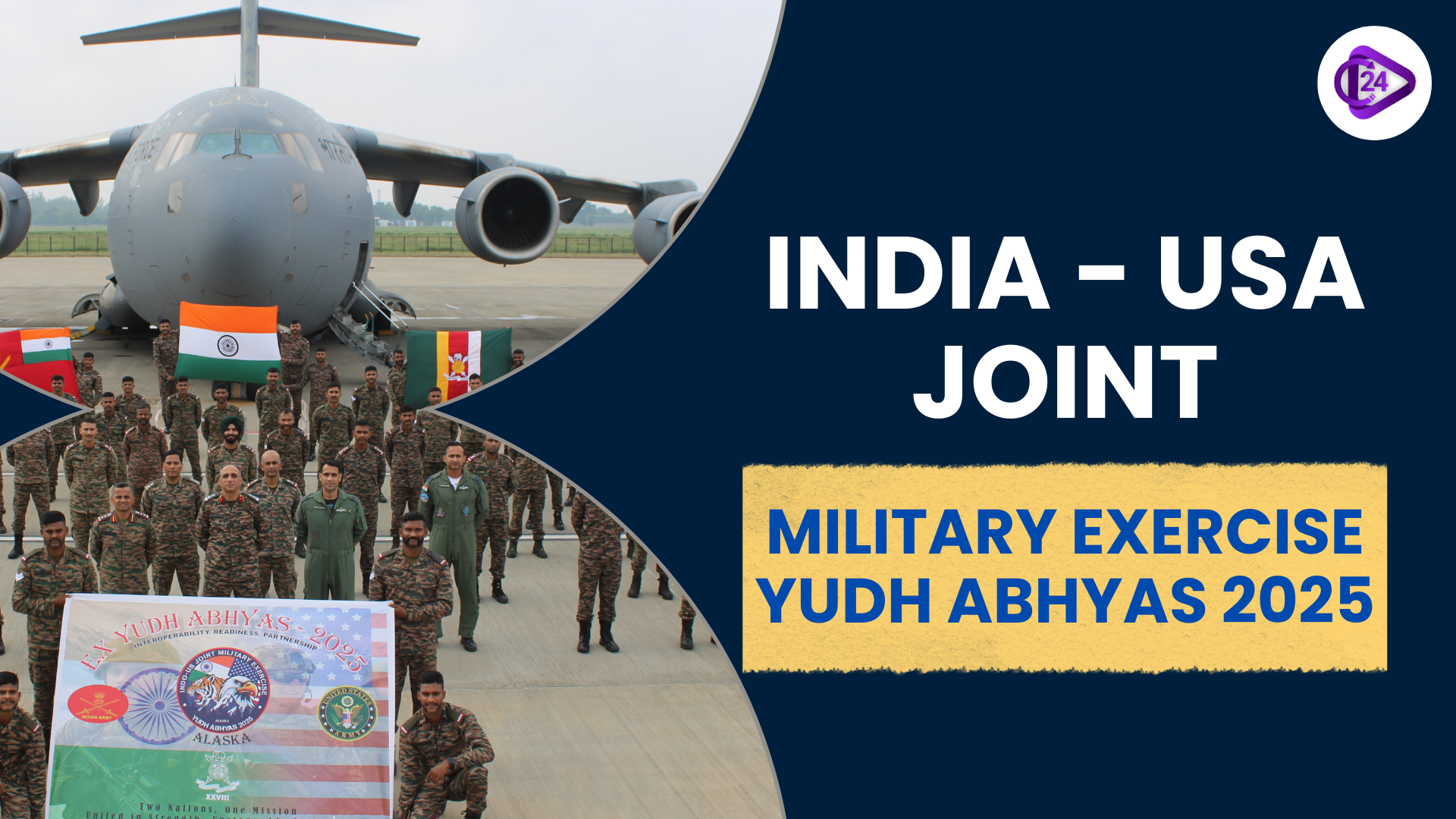 INDIA - USA JOINT MILITARY EXERCISE YUDH ABHYAS 2025
INDIA - USA JOINT MILITARY EXERCISE YUDH ABHYAS 2025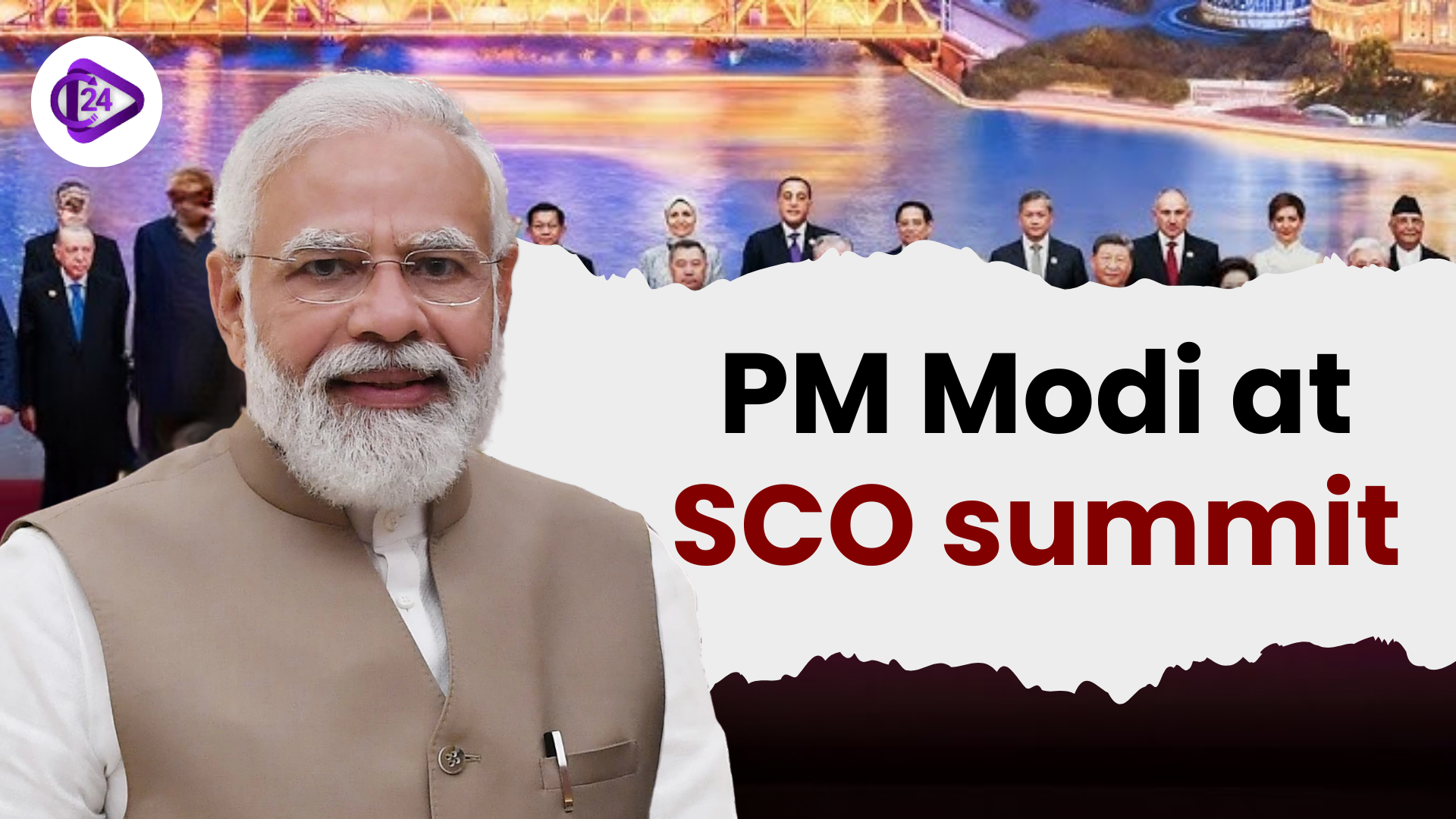 PM Modi at SCO Summit: India and China Commit to Fair Border Solution
PM Modi at SCO Summit: India and China Commit to Fair Border Solution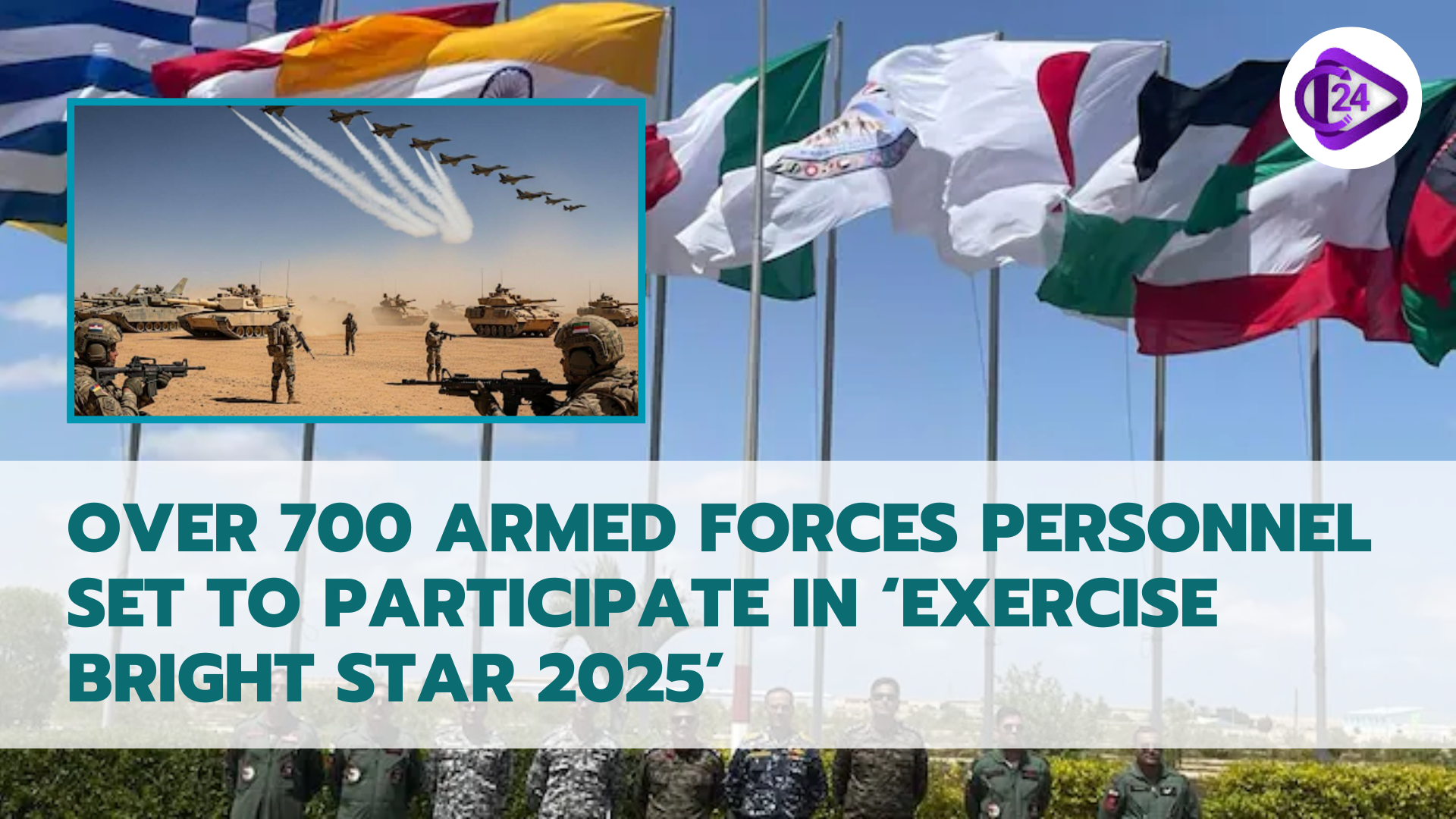 Over 700 Armed Forces Personnel Set to Participate in ‘Exercise Bright Star 2025’
Over 700 Armed Forces Personnel Set to Participate in ‘Exercise Bright Star 2025’





